How America Hides the Human Toll of Its Military Machine
We need to take into account the people at the other end of U.S. weaponry or we'll all be in jeopardy.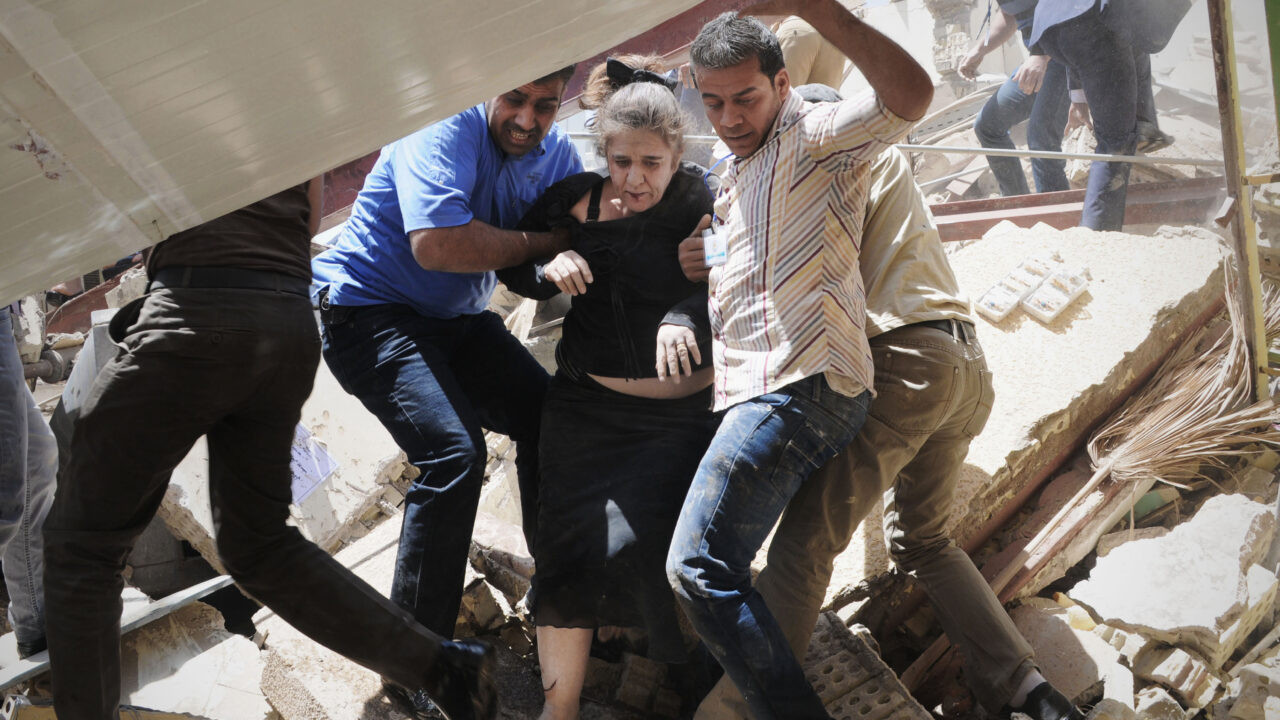 A wounded woman is helped by men at the scene after a bomb attack in Baghdad, Iraq on June 4, 2012. (Photo: Adil al-Khazali/ Associated Press)
A wounded woman is helped by men at the scene after a bomb attack in Baghdad, Iraq on June 4, 2012. (Photo: Adil al-Khazali/ Associated Press)
Adapted from “War Made Invisible: How America Hides the Human Toll of Its Military Machine,” by Norman Solomon published by The New Press in June 2023.
On August 31, 2021, a speech that the White House titled “Remarks by President Biden on the End of the War in Afghanistan” told of plans for greater reliance on airpower as a prudent shift in strategy. “We will maintain the fight against terrorism in Afghanistan and other countries,” Biden said. “We just don’t need to fight a ground war to do it. We have what’s called over-the-horizon capabilities, which means we can strike terrorists and targets without American boots on the ground—or very few, if needed.”
The decision to withdraw U.S. troops from Afghanistan brought warfare more into line with the latest contours of domestic politics. The allure of remote-control devices and killing while literally above it all was more irresistible than ever. The political pitch was explicit: “the fight against terrorism” would continue “without American boots on the ground.” More than ever, the Pentagon would be tasked with limiting the grief to faraway people who are not us.
Assessing the first 20 years of the “war on terror”— counting only the people “killed directly in the violence of the U.S. post-9/11 wars in Afghanistan, Pakistan, Iraq, Syria, Yemen, and elsewhere”—researchers with the Costs of War project at Brown University estimated those deaths at between 897,000 and 929,000. The numbers, of course, could never begin to convey what the deaths meant to loved ones.
“When scientific power outruns moral power,” Martin Luther King Jr. wrote, “we end up with guided missiles and misguided men.” Several decades later, Martin Luther King III spoke at a commemoration of his father’s birth and said, “When will the war end? We all have to be concerned about terrorism, but you will never end terrorism by terrorizing others.” That was in 2004.
* * *
Patterns of convenient silence and deceptive messaging are as necessary for perpetual war as the Pentagon’s bombs and missiles—patterns so familiar that they’re apt to seem normal, even natural. But the uninformed consent of the governed is a perverse and hollow kind of consent. While short on genuine democracy, the process is long on fueling a constant state of war. To activate a more democratic process will require lifting the fog that obscures the actual dynamics of militarism far away and close to home. To lift that fog, we need to recognize evasions and decode messages that are routine every day in the United States.
The nation’s faraway warfare draws strength from a diffuse siege on the home front—via media, politics, culture, and social institutions—more like water on a stone or fumes in the air than any sudden assault. Living with adherence to don’t-go-there zones, we’ve become accustomed to not hearing or seeing what’s scarcely said or shown in public. We’ve grown acclimated to the implicit assumptions wrapped in daily news, punditry, and pronouncements from government officials. What happens at the other end of American weaponry has remained almost entirely a mystery, with only occasional brief glimpses before the curtain falls back into its usual place. Meanwhile, the results at home fester in shadows. Overall, America has been conditioned to accept ongoing wars without ever really knowing what they’re doing to people we’ll never see.
* * *
Timing is crucial in media and politics—and never more so than when war is at stake. It’s completely unsatisfactory for journalists to toe the war line for years and then finally report, in effect: Now it can be told—years too late.
Virtually the entire U.S. media establishment gave full-throated support to the U.S. attack on Afghanistan in early October 2001. Twenty years later, many of the same outlets were saying the war was ill-conceived and doomed from the start. Immediately after the invasion of Iraq began in March 2003, with very few exceptions, even the mainstream news organizations that had been expressing trepidation or opposition swung into line to support the war effort. Two decades later, many of the same media outlets were calling the invasion of Iraq the worst U.S. foreign policy blunder in history.
But such framing evades the structural mendacity that remains built into the military-industrial complex, with its corporate media and political wings. War is so normalized that its casualties, as if struck by acts of God, are routinely viewed as victims without victimizers, perhaps no more aggrieved than people suffering the consequences of bad weather. What American policy makers call mistakes and errors are, for others, more aptly described with words like “catastrophes” and “atrocities.” Attributing the U.S. wars to faulty judgment— not premeditated and hugely profitable aggression—is expedient, setting the policy table for supposed resolve to use better judgment next time rather than challenging the presumed prerogative to attack another country at will.
When the warfare in Afghanistan finally ended, major U.S. media—after avidly supporting the invasion and then the occupation—were awash in accounts of how the war had been badly run, with ineptitude or deception from the White House and the Pentagon. Some of the analysis and commentaries might have seemed a bit sheepish, but news outlets preferred not to recall their prior support for the same war in Afghanistan that they were now calling folly.
A pattern of regret (not to say remorse) emerged from massive U.S. outlays for venture militarism that failed to triumph in Afghanistan and Iraq, but there is little evidence that the underlying repetition compulsion disorder has been exorcized from America’s foreign policy leadership or mass media, let alone its political economy. On the contrary: the forces that have dragged the United States into making war in numerous countries still retain enormous sway over foreign and military affairs. For those forces, over time, shape-shifting is essential, while the warfare state continues to rule.
What American policy makers call mistakes and errors are, for others, more aptly described with words like “catastrophes” and “atrocities.”
The fact that strategies and forms of intervention are evolving, most notably in the direction of further reliance on airpower rather than ground troops, makes the victims of the USA’s firepower even less visible to American eyes. This presents a challenge to take a fresh look at ongoing militarism and insist that the actual consequences for people at the other end of U.S. weaponry be exposed to the light of day—and taken seriously in human terms.
Despite all that has happened since President George W. Bush vowed in mid-September 2001 to “rid the world of the evil-doers,” pivotal issues have been largely dodged by dominant U.S. media and political leaders. The toll that red-white-and-blue militarism takes on other countries is not only a matter of moral principles. The United States is also in jeopardy.
That we live in one interdependent world is no longer debatable. Illusions about American exceptionalism have been conclusively refuted by the global climate emergency and the COVID-19 pandemic, along with the ever-present and worsening dangers of thermonuclear war. On a planet so circular in so many ways, what goes around comes around.
© 2023 Norman Solomon. This excerpt originally appeared in War Made Invisible: How America Hides the Human Toll of Its Military Machine, published by The New Press. Reprinted here with permission.
Your support matters…Independent journalism is under threat and overshadowed by heavily funded mainstream media.
You can help level the playing field. Become a member.
Your tax-deductible contribution keeps us digging beneath the headlines to give you thought-provoking, investigative reporting and analysis that unearths what's really happening- without compromise.
Give today to support our courageous, independent journalists.
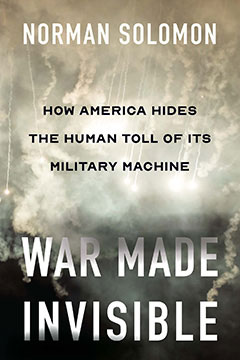
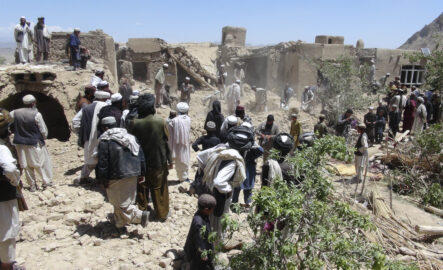
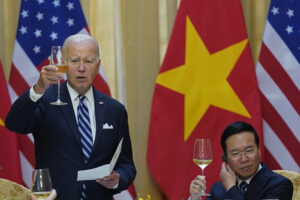
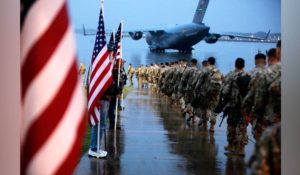




You need to be a supporter to comment.
There are currently no responses to this article.
Be the first to respond.